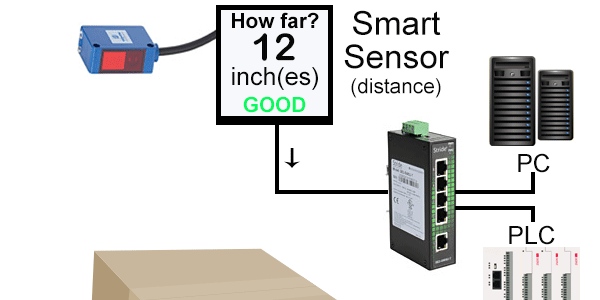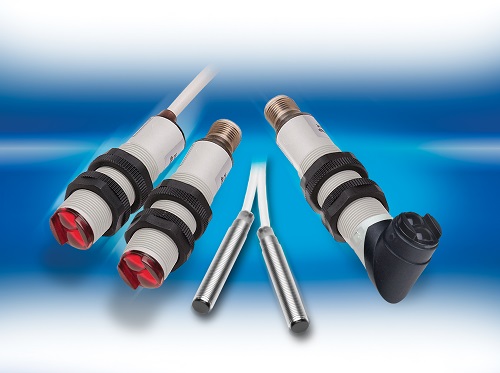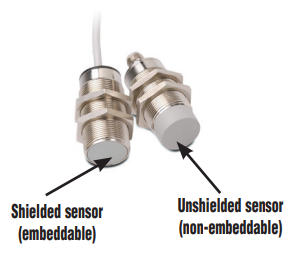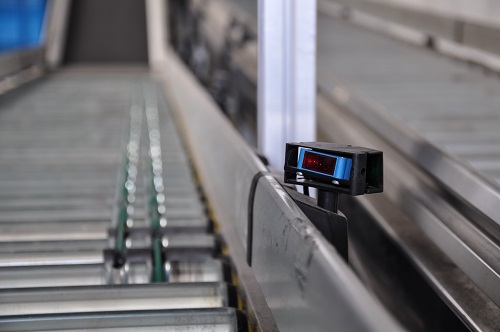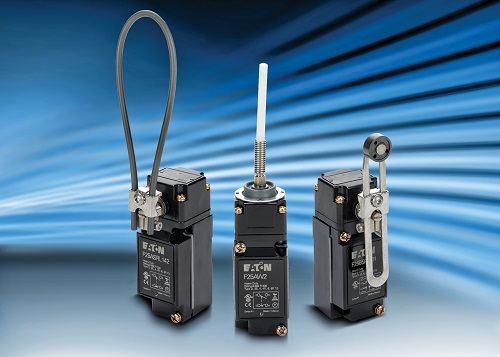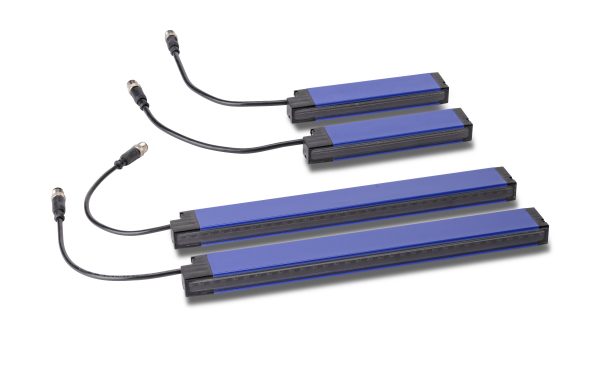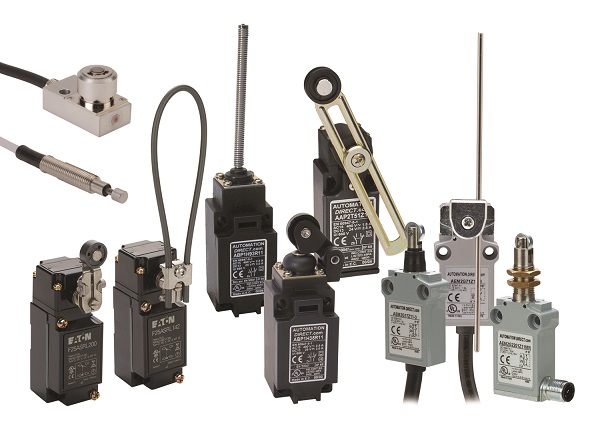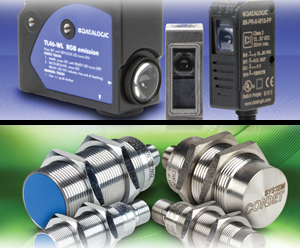+Tech TopicsDiscrete SensingLearning ResourcesProcess Sensing & ControlProductProgrammable ControlSensors Automation
Basic Sensors - PLC Fundamentals
For a PLC to monitor and in turn control its application variables, there must be a way for it to sense its surroundings. In today’s industrial realm, there are a huge variety of electrical sensors that provide the input data (position, distance, level, flow, etc.) that control systems need. These basic sensors can be broken…


